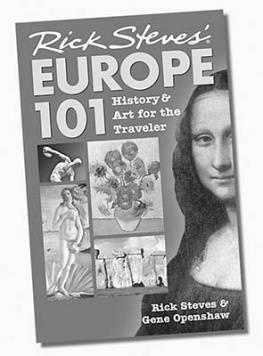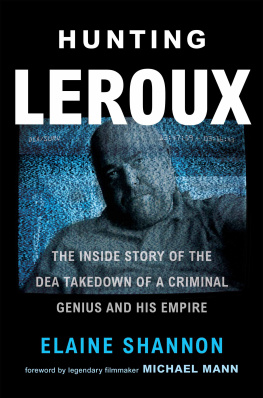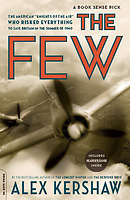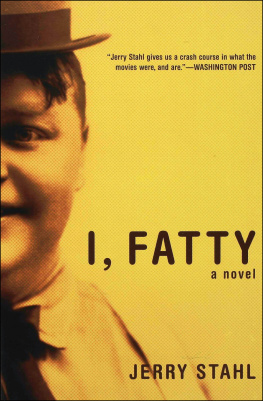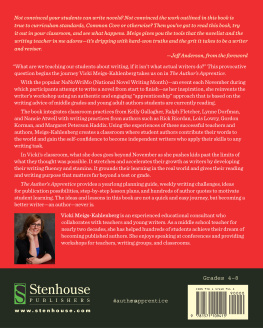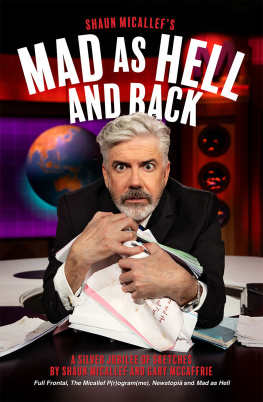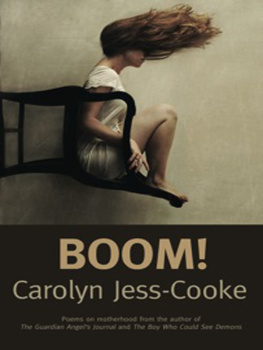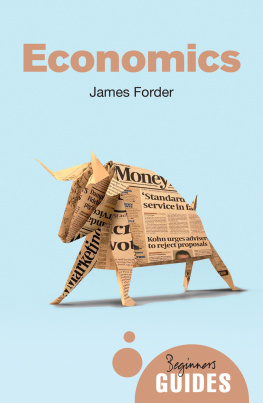IN THE
BOOM BOOM ROOM
WORKS BY DAVID RABE
Plays
The Vietnam Plays, Volume I
The Basic Training of Pavlo Hummel
Sticks and Bones
The Vietnam Plays, Volume II
Streamers
The Orphan
A Question of Mercy
Goose and Tomtom
Hurlyburly & Those the River Keeps
In the Boom Boom Room
Screenplays
Im Dancing as Fast as I Can
(based on the book by Barbara Gordon)
Casualties of War
(based on the book by Daniel Lang)
Fiction
Recital of the Dog
IN THE
BOOM BOOM ROOM
A PLAY BY
DAVID RABE
REVISED TO
THE ORIGINAL
TWO ACTS
WITH A NOTE BY THE AUTHOR

Copyright 1972 as an unpublished work by David W. Rabe
Copyright 1975 by David W. Rabe
Revised version copyright 1986 by David W. Rabe
All rights reserved. No part of this book may be reproduced in any form or by any electronic or mechanical means, including information storage and retrieval systems, without permission in writing from the publisher, except by a reviewer, who may quote brief passages in a review. Any members of educational institutions wishing to photocopy part or all of the work for classroom use, or publishers who would like to obtain permission to include the work in an anthology, should send their inquiries to Grove/Atlantic, Inc., 841 Broadway, New York, NY 10003.
CAUTION: Professionals and amateurs are hereby warned that In the Boom Boom Room is subject to a royalty. It is fully protected under the copyright laws of the United States, Canada, United Kingdom, and all British Commonwealth countries, and all countries covered by the International Copyright Union, the Pan-American Copyright Convention, and the Universal Copyright Convention. All rights, including professional, amateur, motion picture, recitation, public reading, radio broadcasting, television, video or sound taping, all other forms of mechanical or electronic reproduction, such as information storage and retrieval systems and photocopying, and rights of translation into foreign languages, are strictly reserved.
First-class professional applications for permission to perform it, and those other rights stated above, for In the Boom Boom Room, must be made in advance to the authors agent: Ralako Corporation, Box 432, Lakeville, CT 06039. Particular emphasis is laid on the question of readings.
Amateur applications to perform it, and those other rights stated above, must be made in advance, before rehearsals begin, with Samuel French, Inc., 45 West 25th Street, New York, NY 10010.
Published simultaneously in Canada
Printed in the United States of America
Library of Congress Cataloging-in-Publication Data
Rabe, David.
In the Boom Boom Room.
I. Title.
PS3568.A2315 1986 812.54 86-45235
eBook ISBN-13: 978-0-8021-9695-8
Design by Abe Lerner
Grove Press
841 Broadway
New York, NY 10003
FOR THE WOLF AT THE DOOR
AND FOR
LESLIE KAREN OWINGS
In the Boom Boom Room was first produced professionally by the New York Shakespeare Festival on November 8, 1973, at the Vivian Beaumont Theatre at Lincoln Center.
Produced by Joseph Papp.
CONTENTS
Blessings on the hand of women!
Fathers, sons and daughters cry,
And the sacred song is mingled
With the worship in the sky
Mingles where no tempest darkens,
Rainbows evermore are hurled;
For the hand that rocks the cradle
Is the hand that rules the world.
William Ross Wallace
The woman is subject to the man on account of the weakness of her nature, both of mind and body.
Man is the beginning of the woman and her end, just as God is the beginning and end of every creature.
Woman is in subjugation according to the law of nature, but a slave is not.
Children ought to love their father more than their mother.
Thomas Aquinas, Summa Theologica
People crazy.
Sonny Liston
ACT ONE
CHARACTERS
CHRISSY
HAROLD
SUSAN
VIKKI
MELISSA
SALLY
ERIC
AL
RALPHIE
GUY
HELEN
MAN
TIME: A little while ago.
PLACE: Philadelphia. The go-go bars, streets, apartments and neighborhoods of Chrissys life.
The set should be a space with areas and levels similar to a Shakespearean stage, but all within a metaphor of bars and go-go dancing. The bar itself should be most evident at the highest levels; the areas farthest upstage, though deepest in the set, will receive their prominence from their elevation. The farthest point downstage should be the lowest, though there might be dancing pedestals on either side. But basically the downstage area should be least specific of the bar so it can easily become the street, the park, the garden or backyard of Chrissys parents home. Mid-level and midstage should be the area of Chrissys apartment. Perhaps doors on either side might serve as restrooms in the bar, yet be at other times the door to Chrissys apartment on the one hand, and her bathroom door on the other. Though the backdrop for the entire stage should have some element of the go-go bar in it, the set must be capable of allowing the bar element to be reduced at times, and occasionally even eliminated. Mainly the specific setting of each scene should be determined by the characters present, their costumes, dialogue, and the very, very carefully selected hand props that they use (which could perhaps be stylized in some way). Once a setting is established, it should be possible for the actor to prowl a larger area of the stage without any sense of confusion about where the action is taking place. There should be a large number of avenues of exit and entrance around the stage and through the backdrop so that characters, when necessary, can appear or disappear from any direction with ease. A bed rolling on from under the upper area might be useful in creating the specifics of Chrissys apartment: a bed covered in satin, a tawdry color, an emblem and aspect of life in the go-go bar. Or an apron, a mini-thrust stage, might be located midway between the upper level and mid-level, so that it could serve as a place of prominence for dancing, yet be easily used as the bed in Chrissys apartment. A rug on the floor of her apartment area might be useful, and some drawers built into the front walls of the upper-level elevation might serve as dressers in her apartment scenes. However, there is a danger in too many specifics regarding any one setting in the play. The most essential job of the set is to provide a metaphoric realm in which the specific areas can be made present with great facility, for the transitions from scene to scene must be clear, effortless, and instantaneous if the play is to be most effective. All colors in the set must take their legitimacy from the metaphor of the bar. The lighting must work to provide definition of one area from the other, and time, place and mood, yet always with some relation to the metaphor of the bar.
OVERTURE
In the darkness, Angel Baby by Rosie and the Originals begins to play. Slowly the soft, dreamy lights rise to show us Chrissy, a young, sexy but not glamorous girl in a rather childlike, or high-school-like, dress swaying to the music. Behind her stands a man, older, in a dark suit and a tie, a flower in his lapel. His arms are around her waist; she holds his hands. Together they sway to the music. Suddenly she starts as if she doesnt know hes there
Next page



